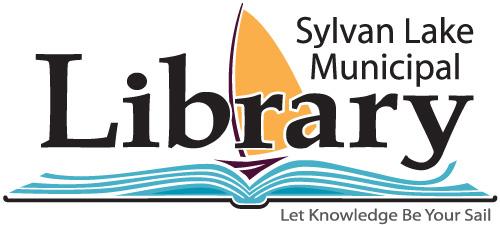Blending In: All about Camouflage
6-8’s, 9-12’s
1. Activity 1: Hidden Animal Word Search
Give each child a word search to work on while waiting for the rest of the group (can be printed off from http://www.abcteach.com/directory/theme_units/zoo/)
2. Activity 2: Matching Game: Camouflaged Critters
In this game, children try to match an animal to the type of habitat or geographic feature that would be best at hiding it.
Materials:
• Whiteboard, blackboard, or other large display surface
• Writing tool
Instructions:
1. Write down a list of habitats.
2. Next to it, write a list of animals (you can use the lists below if you like, but if you do, make sure you mix up the animals and habitats so it isn’t too obvious!).
3. It’s important to note that there may be more than one animal that will hide in a habitat, or more than one habitat that can hide an animal!
4. Discuss the appearance of each animal and how each habitat would help hide individual creatures.
List of Animals Habitats
Green Tree Frog Big Green leaf
Tiger Tall grass
Zebra Tall grass
Leopard Patches of sun and shadow
Moth Tree Bark
Green Tree Snake Big Green Leaf
Flamingo Among Friends
Python Leafy Forest Floor
3. Activity 3: Hide and Go Seek
Children get to try to camouflage themselves. One child hides their eyes while the other kids try to find a place to hide. When it looks like everyone has hidden, you can let the seeker know; they then try to find all of the other kids. Once a child is found, they can help to search.
4. Activity 4: Masked Animal Art
Materials:
• Paper pad of large size easel or drawing paper
• Thick black marker
• Bandanna
• A list of different animal names printed out on index cards
• Timer (which can be set to 10 or 20 seconds)
• Paper and marker to tally up best picture
Instructions:
1. Chose one child at a time to draw.
3. Take them aside and show them the name of the animal they must draw.
4. They are then led to the drawing paper, asked to feel out the size of the paper,
given a marker and blindfolded.
5. As the timer starts ticking, their task is to try and draw an animal that others will recognize within the allotted time.
6. At the end of 10 seconds, children try to guess what kind of animal has been drawn. They then vote on the best/most realistic picture.
7. Children come up one by one, are blindfolded and attempt to draw a different animal.
4. Activity 3: Jumbled Jungle Animal Drawathon
1. Have all of the participants sit down at a table and give each one a piece of blank paper that has been folded into thirds.
2. On the top third, have the children draw the head of an animal, with only the neck lines spilling over to the second third of the page (note: you do not want the participants to see one another’s pages).
3. They then fold the top third over so that it cannot be seen, and pass the page to the person beside them.
4. Using the neck lines on the given page, the second child then proceeds to draw the body of some animal on the second third of the page. Though they cannot see the head, they can see the neck lines and so know where to connect. The only part to spill over onto the third part of the page, are the leg lines (note: there may be lines for two legs, or for four legs, depending on the animal drawn).
5. They then fold the page again so that only the last third is shown, and pass it onto the person beside them.
6. The third person uses the leg lines given to add animal legs to the mysterious creature.
7. Once the legs are done, the animal can be unfolded and admired. With each individual likely drawing a different animal, the result can be amusing. Feel free then to color the animal, and come up with a name for this new species.
5. Crafts: Camouflaged Library Zebra
Materials:
1. Outline from http://www.freekidcrafts.com/jungle.html
2. Markers
3. Scissors
4. Sticky tack
Instructions:
1. Print off the zebras from the webpage
2. Color them so that they will each camouflage in some part in the room (the same color as a wall for example)
3. Cut out the coloured zebras and place them in the spaces they were coloured for.
4. See if someone can find the camouflaged animals
6. Audio Book: “How the Leopard got it’s Stripes”
While working on the craft, listen to an audio book. Kipling’s “How the Leopard got it’s Stripes” (from his Just So Stories) deals with camouflage.
